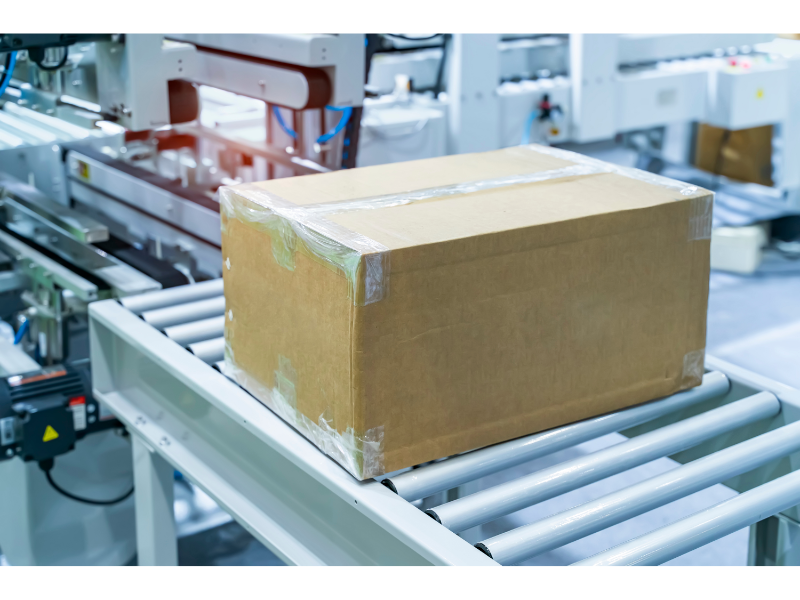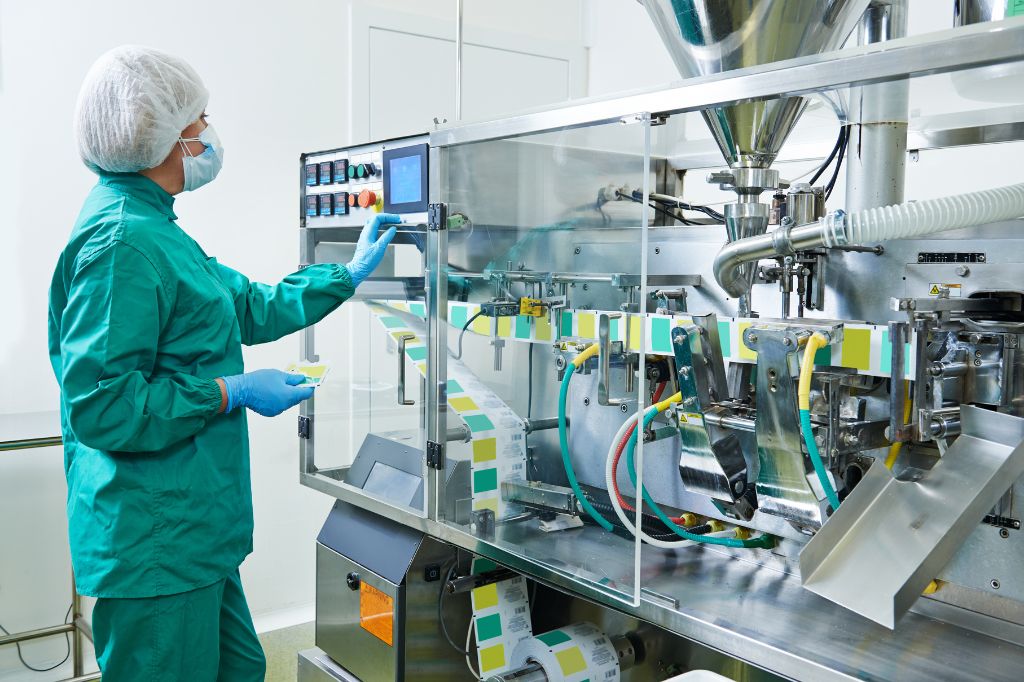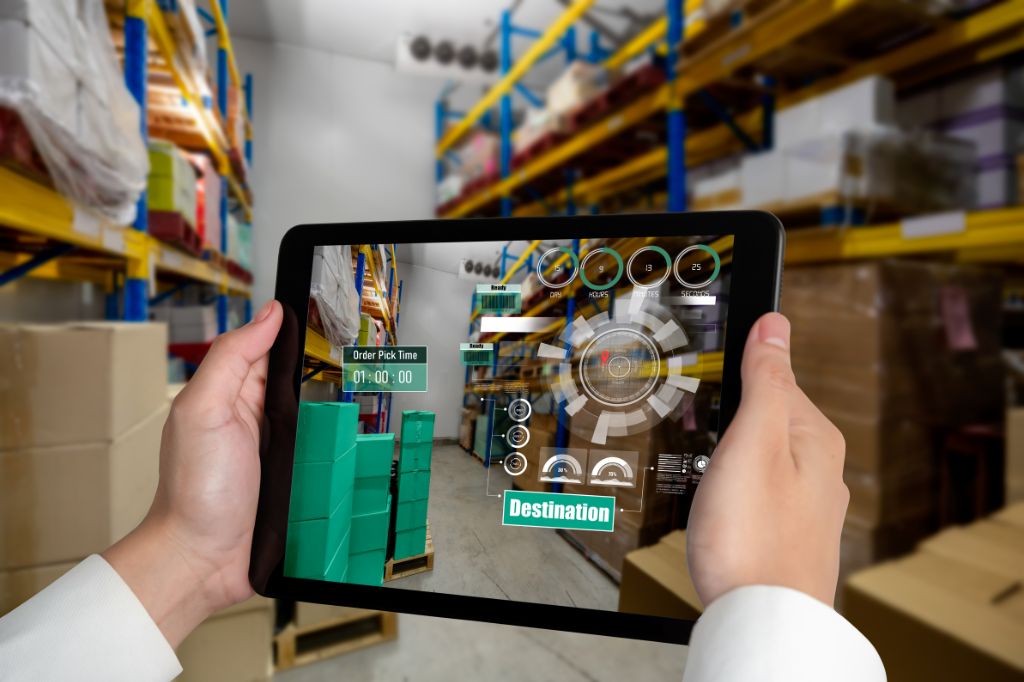
Future trends in conveyor roller manufacturing: what’s coming for 2025 and beyond
Reading time: < 5 minutesThe conveyor roller manufacturing industry is constantly evolving, adapting to new market demands and challenges. In this article, we will explore the trends in conveyor roller manufacturing that will shape the future of this sector for 2025 and beyond, providing an insight into how these advancements could transform industrial operations and logistics in the future.
Introduction to emerging trends in industrial rollers
As we look toward the future, the conveyor roller manufacturing industry continues to evolve at a fast pace, undergoing significant changes driven by the need for greater efficiency, durability, sustainability, and adaptability to the industrial market. Emerging trends in industrial rollers and technological innovations are redefining the landscape of the industrial sector, focusing on factors such as:
- The growing demand for efficiency and productivity in manufacturing and logistics industries.
- The importance of implementing eco-friendly and sustainable practices.
- The advancement of automation and artificial intelligence technologies.
Innovations in materials and Roller Design
Conveyor roller manufacturers are constantly innovating materials and designs to improve performance, durability, and efficiency. Some of the most important trends in industrial rollers include:
- Composite materials: Innovative materials for roller manufacturing, such as thermoplastic materials like polypropylene (PP), which offer higher strength, lower weight, and longer lifespans compared to traditional materials like steel.
- Modular designs. Modular rollers offer greater flexibility and customization, allowing for adaptation to various needs and applications. Their smart design allows for automatic adjustment to handle different load types and operational conditions.
- Non-stick surfaces. Non-stick coatings and surface treatments reduce friction and wear, enhancing efficiency and corrosion resistance, thereby extending roller life.
These new materials not only reduce the weight of conveyor systems, saving energy and operational costs, but also provide greater resistance to corrosion and wear. Additionally, the intelligent design of rollers, with features such as the ability to automatically adjust to handle different load types and operational conditions, improves the flexibility and efficiency of conveyor systems.
The role of automation and AI in roller manufacturing
Automation and artificial intelligence (AI) are playing increasingly crucial roles in conveyor roller manufacturing. The automation of processes, from production to quality control, enables faster and more accurate roller manufacturing, reducing the risk of human errors and improving product consistency. On the other hand, AI is revolutionizing the design and maintenance of conveyor roller systems. Through real-time data analysis and machine learning, systems can predict failures and schedule preventive maintenance, minimizing operational interruptions and extending equipment lifespan.
Thus, artificial intelligence (AI) is clearly a trend in conveyor roller production in the industrial sector, offering several benefits such as:
- Greater accuracy and consistency in roller production.
- Reduction in errors and material waste.
- Enhanced efficiency and productivity.
- Data analysis to optimize roller design and manufacturing.
How future trends will impact various industries
Trends in conveyor roller manufacturing have the potential to positively impact various sectors of industry. In logistics and supply chains, for example, lighter, more durable, and autonomous transport systems could mean faster and more efficient deliveries, essential for meeting the fast-paced demands of today’s market. In manufacturing, improved adaptability and efficiency would allow for more agile production, capable of quickly adapting to changes in demand or product specifications. Finally, the adoption of sustainable and energy-efficient practices, driven by these types of innovations, will not only reduce the environmental impact of these industries but also offer long-term economic advantages.
As we move into 2025 and beyond, it’s clear that innovation in conveyor roller manufacturing is not just about technical improvement; it is also a key tool in driving sustainability, efficiency, and competitiveness in the global industrial landscape. Companies that manage to stay at the forefront of these trends will be better positioned to face future challenges and seize the new opportunities these innovations will bring.
At Roltia (Eurotransis), we specialize in the manufacturing of conveyor rollers, offering high-quality solutions. Don’t hesitate to contact us for expert advice and to address any inquiries you may have. We are here to help you achieve your goals effectively and with confidence.



